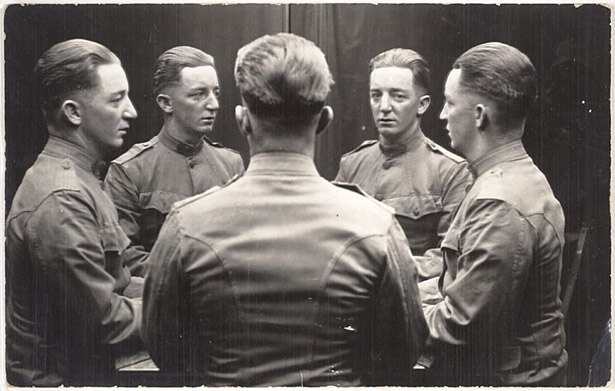Paleolithic Photography
A while ago I found a very interesting theory about the birth of Photography and its relation with Art. The author is Matt Gatton a multi-media artist with a B.A. cum laude from the University of Louisville and an M.F.A. from the University of the Philippines. He carried on some experiments with students to proof the evident differentiations between drawings made from memory, observation and by tracing. The thing is that many paleolithic drawings show clear evidence of having being produced by tracing. And here is where the camera obscura enters, to provide an original to copy from. Excerpts from his theory are offered in this site: www.paleo-camera.com It is worth the read. I reproduce here the synopsis.
“Harsh climates in the Paleolithic era forced humans and their predecessors to adopt heat-retaining dwelling strategies, including the use of hide tents in cave mouths, under rock overhangs, and in the open. Small random holes in these hide tents would have coincidentally and occasionally formed camera obscuras, projecting moving images inside the dwelling spaces. These ghostly images carried with them spiritual, philosophical, and aesthetic implications.
The origin of two-dimensional representational communication is one of the most pivotal moments in human development and yet it remains elusive. How was the art idea unleashed?
Over the long road of evolution, the environment promoted an expansion of the capacity for learning, trading off instinct for educatibility, which conferred a competitive advantage on humans by enabling flexible responses to the environment but also carried with it the burden of an extremely long childhood and difficult childbirth. We are not born knowing everything we need to know, we are born with the ability to learn what we need to know. Culture, the physical and social milieu in which we are raised, ladles in the information we need to survive. Most experts hold that the origins of art and religion, though biologically based, are ultimately culturally determined. So what was in the day-to-day life experience of early people that would have triggered the capacity for visual communication? What could have made the representational idea click inside the brain?
Imagine, if you will, a Paleolithic person waking in the morning to find the image of animals walking around on the wall, the three-dimensional world reduced to two dimensions on a surface inside the tent.
How would he or she respond? What would be made of these randomly revealed spirits? Is this the crystalline moment, the veritable light bulb over the head? An entree to religious realms, philosophical thought, and visual communication?”

